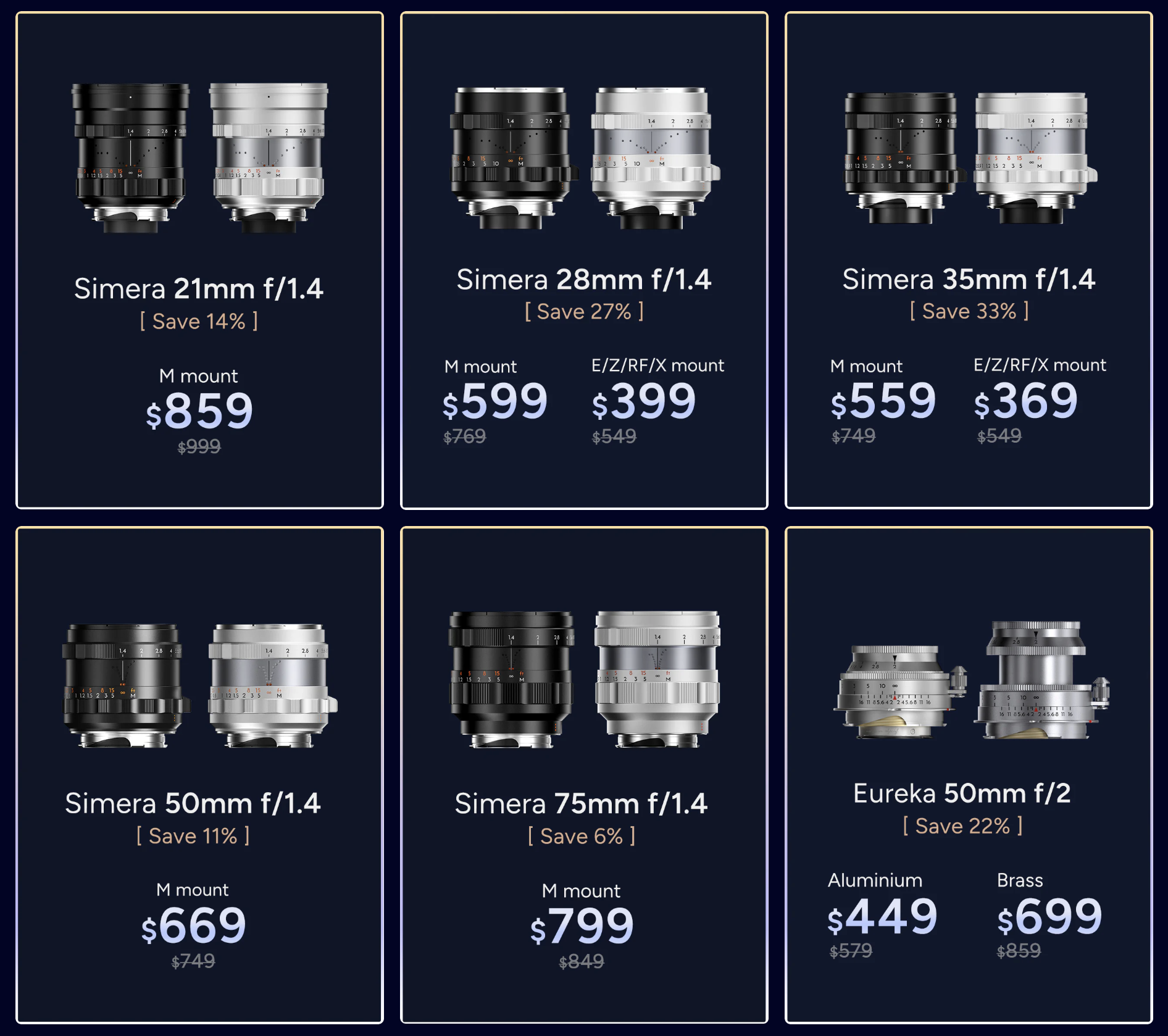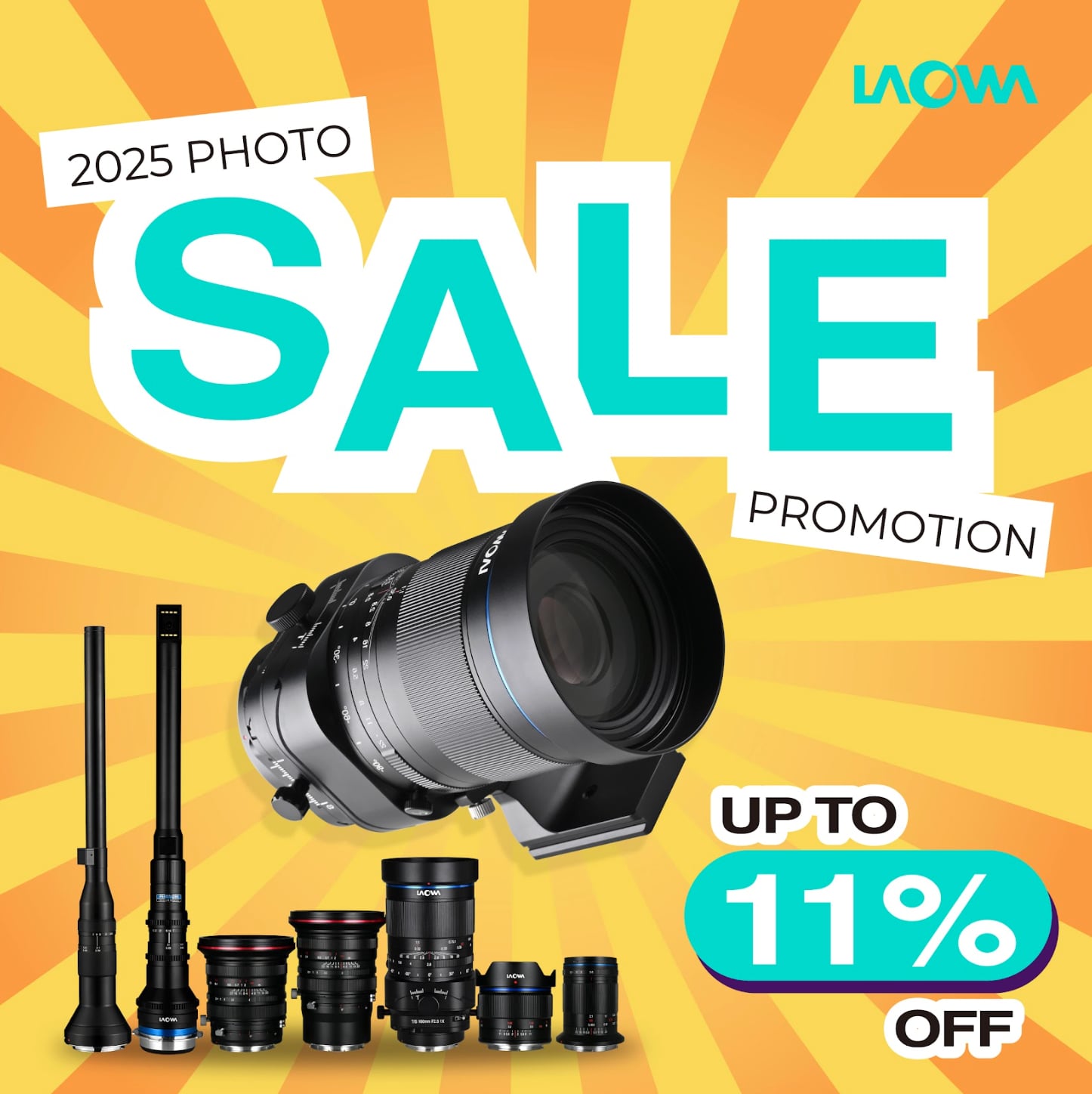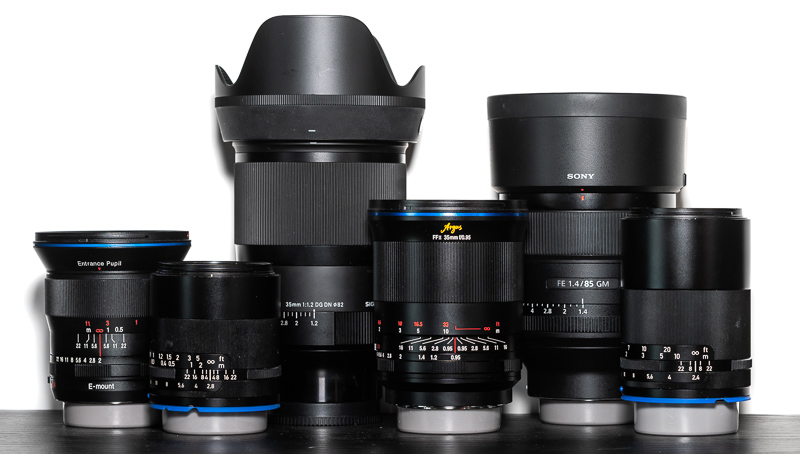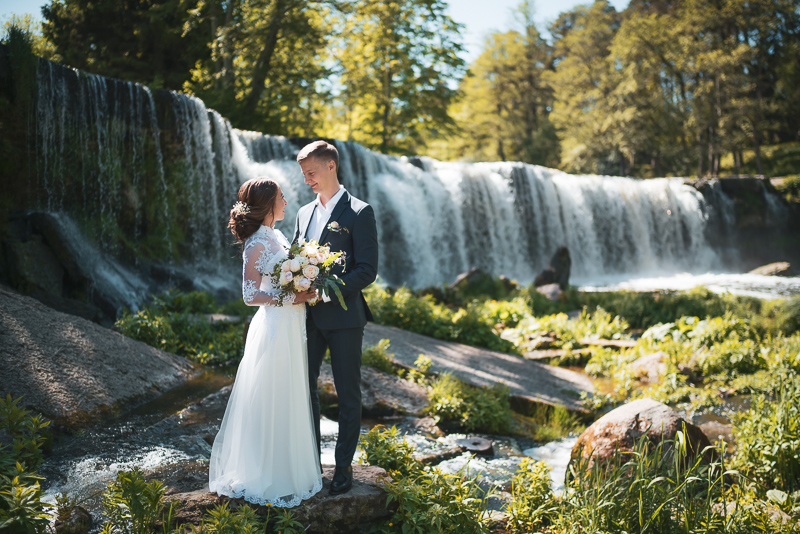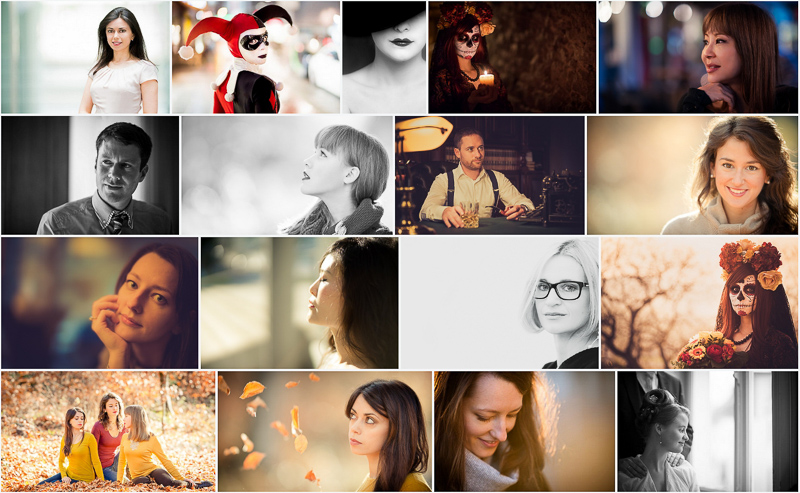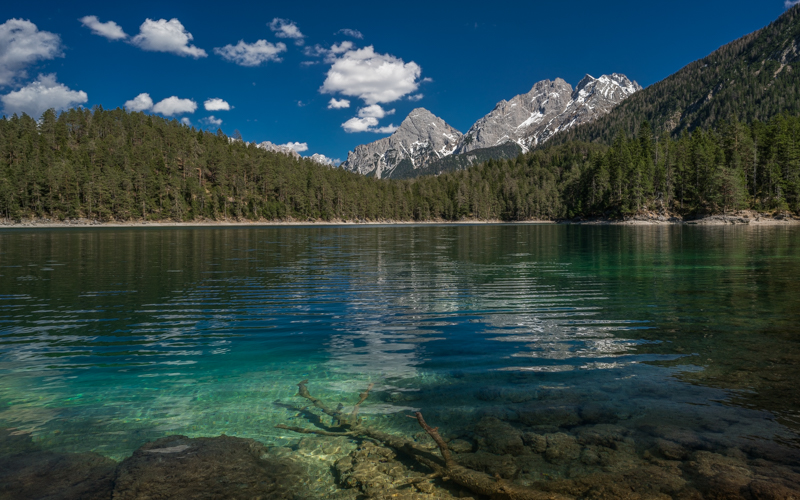Introduction
Christmas is around the corner so everyone wants to sell their goods in November. The industry came up with a bunch of stuff like Single’s Day and Black Friday and many camera and lens manufacturers are also using this opportunity. In this article I will collect the deals I think are actually worthwhile.
Thypoch was the first to start their campaign this year, as soon as others follow this article will be updated.
Update: Amazon/Samyang+Adobe Lightroom added
Adobe Photo Prepaid Abo 1 Year
This year a bit more expensive but with 1 TB instead of 20 GB and still much better than the monthly rate. Probably available on all the European Amazon shops. Here the Link to Amazon.de (affiliate link).
Watch out though: this will not extend your existing 20 GB subscription. Wait until your 20 GB subscription ran out or pause it before redeeming the code for the 1 TB subscription.
Samyang Lenses (US/EU Amazon)
Samyang Remaster Slim lens kit for 169€ on Amazon.de (affiliate link) Review
All the Samyang V-AF lenses are also heavily discounted on Amazon.de (affiliate link) and can be bought for 210 to 300€ each. I bought the 100mm T2.3 myself to review it. The 24mm T1.9, 35mm T1.9, 45mm T1.9 and 75mm T1.9 seem to be the rehoused non-Cine lenses but they feature nicer casings while often being cheaper, especially true for the nice Samyang AF 24mm 1.8 FE.
The US Amazon offers the Samyang AF 85mm 1.4 II (affiliate link) for $407, which is also a fair price.
Viltrox
Many of the Viltrox lenses are also discounted on Amazon.de (affiliate link). The 35mm 1.2 LAB for 800€, the new 85mm 2.0 Evo for 250€, the 85mm 1.4 Pro for 535€ are the best deals I noticed, some of the APS-C lenses may also be worth a closer look.
If you are shopping from the US you can also find most Viltrox lenses discounted on Amazon.com (affiliate links) and on B&H (affliliate link), where it seems all lenses are discounted by 20%, so you can for example get the new Viltrox 14mm 4.0 Air for only $159 (affiliate link).
Also the official Viltrox store offers a sitewide 20% discount (affiliate link). Remeber to try using the code “PRnet” for an additional 5%.
Thypoch
The campaign runs from October 22nd until December 3rd.
Pretty much all the Thypoch lenses are discounted in their official Thypoch Webshop (affiliate link) and you can get an additional 5% discount using the code “PRNET”.
I reviewed all of these lenses and there is no stinker among them. The 28mm 1.4, the 50mm 1.4 and the 75mm 1.4 are my favorites and they also made it my list of the Best Fullframe Lenses from China. Sadly the 75mm 1.4 and the 50mm 1.4 only received small discounts, but they were already easy recommendations at full retail.
Laowa
The campaign runs from November 14th until January 2nd.
There are no huge discounts to be found here, but many lenses (not the latest releases though) received a 10% discount in their official Laowa Webshop (affiliate link). If you were already eyeing one of those, now is a good time.
Lenses worth looking at are the 85mm as well as 90mm 2:1 macro lenses and all the shift lenses. A discount for the 15mm 2.0 is also always welcome.
Support Us
Did you find this article useful? Treat us to a coffee!
![]()
![]()
![]() via Paypal (BastianK)
via Paypal (BastianK)
![]()
![]()
![]() via Paypal (Martin)
via Paypal (Martin)
This site contains affiliate links. If you make a purchase using any of the links marked as affiliate links, I may receive a small commission at no additional cost to you. This helps support the creation of future content.

